Selection Bias in Data Analysis: Understanding the Intricacies
Selection bias refers to the distortion that occurs when the sample data used in an analysis or study does not represent the population it is intended to represent. This non-representative sampling can skew results, leading to inaccurate conclusions about the larger population.
Introduction
In the world of data analysis and data science, one must confront various challenges, intricacies, and subtleties that can significantly impact the quality of the conclusions drawn from the data. One such crucial aspect often doesn’t get the attention it deserves is “selection bias.” This article explains selection bias, its real-world implications, and how it can be detected and mitigated.
Highlights
- Selection bias occurs when the sample data doesn’t accurately reflect the larger population, skewing research results.
- Selection bias can distort statistical results, leading to erroneous interpretations and potentially harmful decision-making.
- Evaluating the sample’s representativeness is a standard method to detect selection bias.
- Understanding the data collection process can help identify potential sources of selection bias.
- Ensuring a robust data collection process is crucial in addressing selection bias.
Ad Title
Ad description. Lorem ipsum dolor sit amet, consectetur adipiscing elit.
What is Selection Bias?
Selection bias is a form of error that crops up in data analysis when the data sampled for a study or research does not accurately reflect the larger population from which it was drawn. Simply, it’s like trying to understand a vast, diverse forest by only studying a single type of tree.
Imagine surveying dietary habits in a city but only interviewing people at a gym. Those individuals, likely more health-conscious than the average city resident, would skew the survey results, leading to inaccurate conclusions about the entire city’s dietary habits. This error introduced due to non-representative sampling is what we call selection bias.
This bias can occur in various research scenarios, such as survey sampling, randomized control trials, or during the training phase of machine learning models. It’s critical to be aware of in data science because it can distort statistical results, leading to misleading interpretations and potentially problematic decision-making.
Understanding and addressing selection bias is crucial for ensuring the accuracy and reliability of our data analysis outcomes.
Selection Bias in Real-World Data Science Projects
Selection bias is a phenomenon that is not just confined to the theoretical realm; it has tangible, real-world implications in various data science projects, often causing significant inaccuracies in conclusions and decision-making. So let’s delve into two classic examples.
One of the most well-documented instances of selection bias is in the context of clinical trials. For these trials, participants are usually not randomly selected; they voluntarily choose to participate. This self-selection often leads to a non-random sample of participants who may be more health-conscious, have a specific interest in the trial’s outcome, or have more free time and resources than the average population.
For instance, in a trial for a new fitness program, the volunteer participants might already lead an active lifestyle, thereby biasing the results. Consequently, the trial may present an overly optimistic perspective on the program’s effectiveness, as it may not work as well for those who are not as active or do not have the time or resources to participate in such a program.
In the technology industry, particularly in machine learning and AI, selection bias manifests when models are trained on skewed or non-representative datasets. A famous example is facial recognition technology. For example, suppose a facial recognition system is trained primarily on images of light-skinned individuals. In that case, it will likely struggle to accurately identify darker-skinned individuals.
These examples illustrate that selection bias can unknowingly creep into our projects and significantly skew the results if not adequately addressed. Finally, it’s a stark reminder of the importance of considering selection bias in data science projects, from the initial stages of data collection to the final stages of data analysis and interpretation.
The Impact of Selection Bias on Statistical Results and Interpretations
The core concern with selection bias lies in its ability to distort statistical results, leading to erroneous interpretations and potentially harmful decision-making. Biased data can lead to biased models, leading to biased decisions. For instance, a machine learning model trained on biased data can make unfair predictions or recommendations, perpetuating and amplifying existing biases. In healthcare, a biased study can lead to incorrect conclusions about the efficacy of a treatment, potentially putting lives at risk.
Detecting Selection Bias in Data Sets
Detecting selection bias in data sets is like playing detective with your data, and it’s a vital part of ensuring your analysis is reliable and accurate. So, how do we spot this elusive character?
The first step to uncovering selection bias involves scrutinizing the sample’s representativeness. This means comparing the characteristics of the sample with those of the larger population it’s intended to represent. For example, if the sample seems to overly represent particular groups or characteristics, you may be dealing with selection bias.
For instance, if you’re studying the impact of a workplace wellness program on overall employee health, but your sample data only includes employees who voluntarily participate in the program, your data set might be biased. Volunteers are likely already health-conscious; their results will only represent some of the workforces.
Another crucial method to detect selection bias is meticulously examining the data collection process. Selection bias often originates from how the data is gathered. Understanding this process can shed light on potential bias sources. If data is gathered from a channel that inherently excludes or overrepresents some groups, the chances are high that selection bias is present.
For example, suppose you’re conducting a survey about internet usage patterns but only collecting data online. In that case, your survey results won’t include people who do not have Internet access. This is a clear case of selection bias, as your data collection method excludes a population segment.
Spotting selection bias in your data sets is not always straightforward. Still, by carefully examining the sample’s characteristics and the data collection process, you can effectively uncover and address this hidden bias in your data analysis.
Mitigating Selection Bias
Addressing selection bias requires a multi-pronged approach. Firstly, ensuring a robust data collection process is crucial. This could involve using randomized selection methods, stratified sampling, or oversampling of underrepresented groups. Secondly, statistical techniques can also be employed. These may include weighting adjustments, where underrepresented groups are given more weight in the analysis, or advanced methods like propensity score matching.
Techniques such as bias mitigation algorithms, diverse training datasets, and fair machine learning practices can be employed in machine learning. It’s also crucial to continuously evaluate bias models, even post-deployment.
Ad Title
Ad description. Lorem ipsum dolor sit amet, consectetur adipiscing elit.
Conclusion
Understanding the intricacies of selection bias is crucial in data science. Selection bias can significantly impact the results of a study, and failing to address it can lead to skewed conclusions and potentially harmful decision-making. Furthermore, by being aware of the potential for selection bias, critically examining our data collection processes, and employing appropriate statistical techniques, we can mitigate its impact and work towards more accurate and equitable data analysis. Selection bias is a complex and pervasive issue. Still, by acknowledging and addressing it, we can leverage the full potential of our data.
Recommended Articles
Dive deeper into the world of data science with us! If you found this exploration of selection bias enlightening, we encourage you to explore our other articles on similar topics. Expand your knowledge and stay ahead by browsing our comprehensive resources. Let’s keep unraveling the complexities of data science together.
- Unraveling Sampling Bias: A Comprehensive Guide
- Selection Bias in Data Analysis (Story)
- Unraveling Sampling Bias (Story)
- Graph Selection Guide (Story)
- Selection Bias – an overview (External Link)
- Generalized Linear Model (GLM) Distribution and Link Function Selection Guide
Frequently Asked Questions (FAQs)
Selection bias is a distortion that occurs when a sample doesn’t represent the population. An example is a health survey conducted only at a gym, overrepresenting health-conscious individuals.
Sample or selection bias refers to the error introduced when the sample data used for a study doesn’t accurately reflect the larger population it represents.
Selection bias refers to errors due to non-representative sampling. Self-selection bias is a specific selection bias where individuals voluntarily participate, potentially skewing the sample characteristics.
Selection bias is detrimental as it can distort research results, leading to erroneous conclusions and potentially harmful decisions based on those inaccurate findings.
Selection bias is generally undesirable as it distorts results. However, it might help study specific subgroups within a population in some cases.
Yes, selection bias can be an ethical issue, especially when it leads to unfairness or discrimination in decision-making, such as in biased machine learning models.
Selection bias is a statistical error that occurs when the sampled data is not representative of the population, leading to skewed results and inaccurate conclusions.
Yes, selection bias can threaten both internal and external validity. It may cause a study to inaccurately reflect the true relationships within the population.
Negative selection bias could occur in a job satisfaction survey if only disgruntled employees respond, overrepresenting dissatisfaction and providing a negative view of workplace conditions.
The selection bias theory posits that skewed or non-representative samples can lead to biased estimates and misleading conclusions about the larger population.


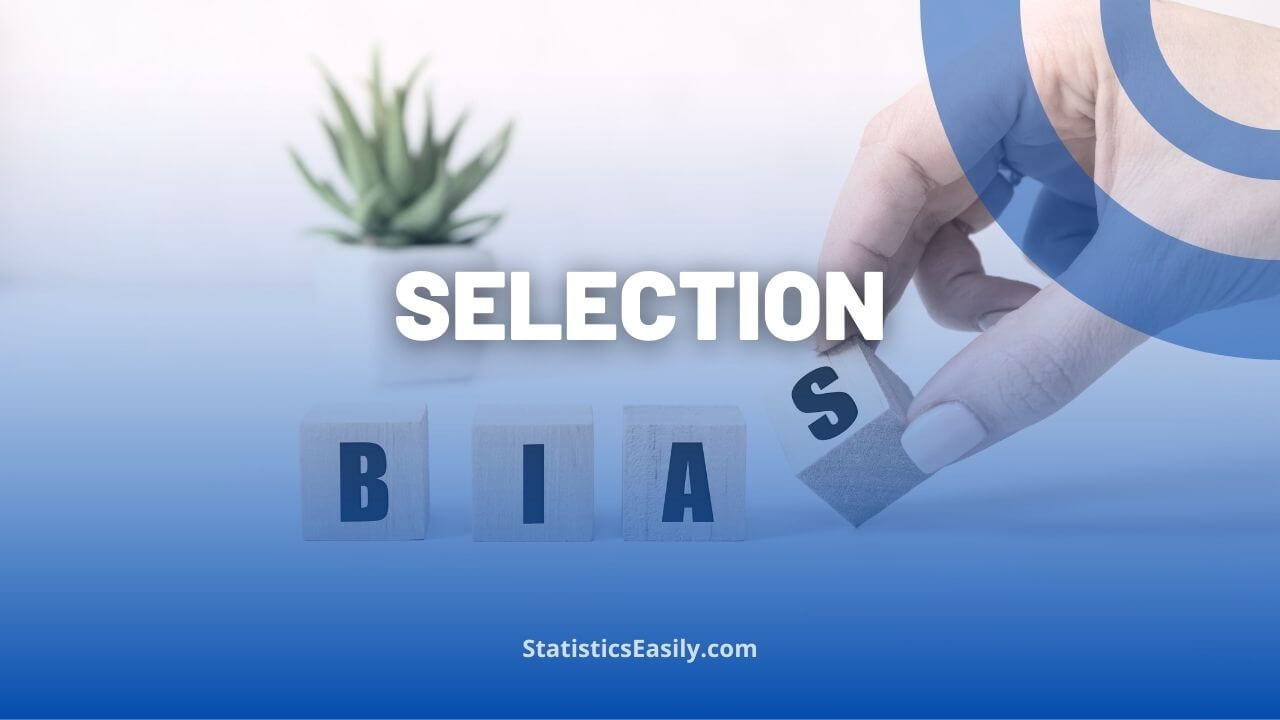
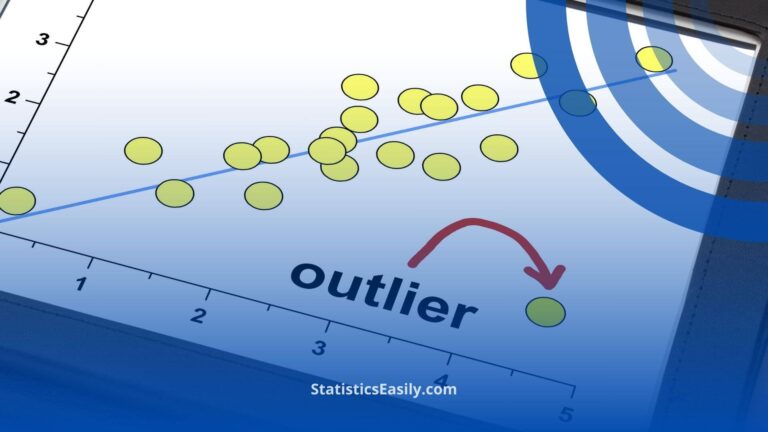

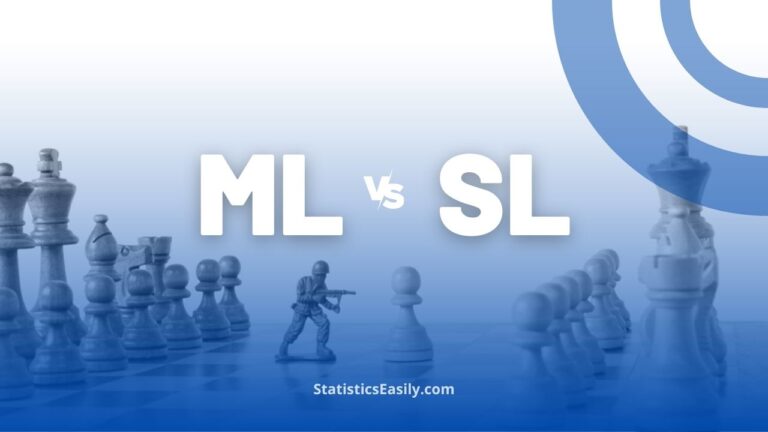
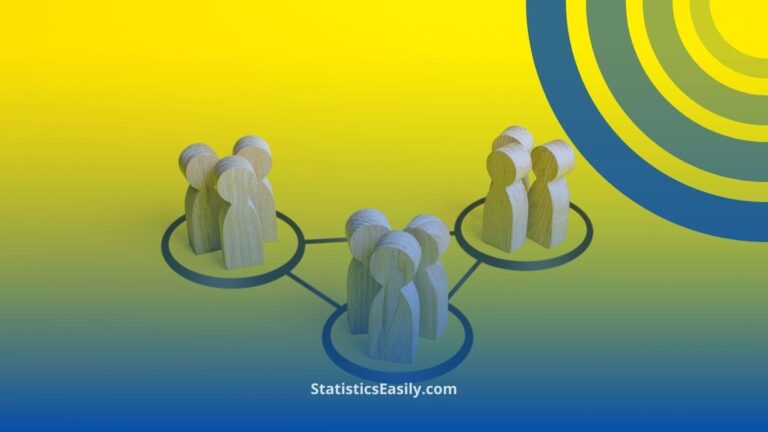
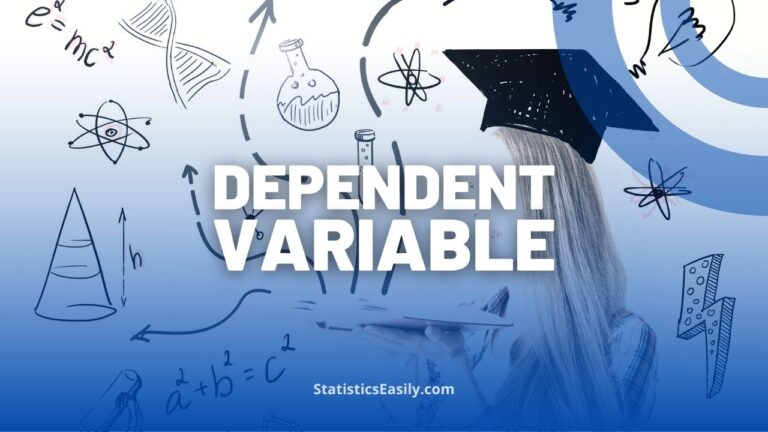
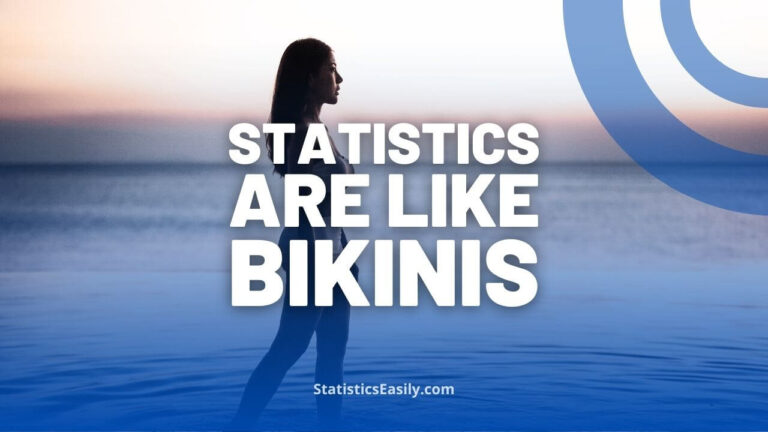
very useful, helpful, and needed essays